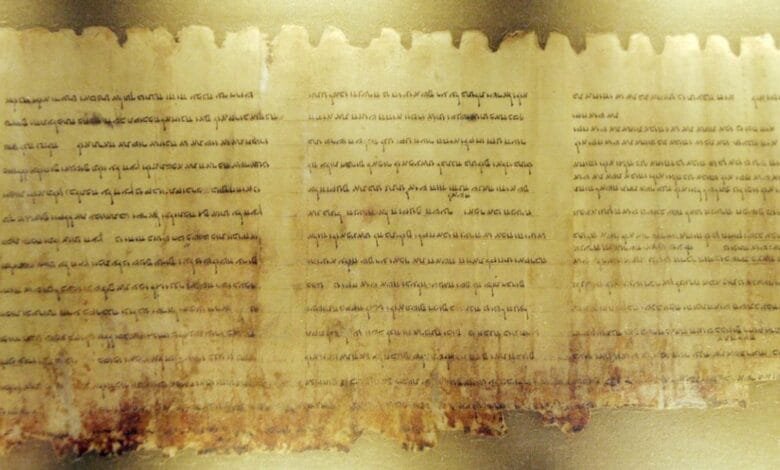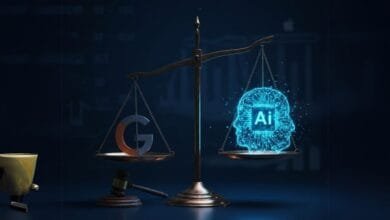Are the Dead Sea Scrolls Older Than Believed?

▼ Summary
– Scholars have analyzed the Dead Sea Scrolls using methods like X-rays, multispectral imaging, and paleography, with most dates estimated through subjective paleographic analysis.
– A new AI program called Enoch combines radiocarbon dating and machine-learning handwriting analysis to provide more accurate dating, revealing many scrolls are older than previously thought.
– The Dead Sea Scrolls, discovered in 1946–1947 near Qumran, were preserved in clay jars within limestone caves, likely hidden by the Essenes to protect them from Roman destruction around 73 CE.
– AI tools were previously used in 2020 to analyze the Great Isaiah Scroll, showing it was likely written by two scribes with similar but distinct handwriting styles.
– The 2020 AI analysis suggested the two scribes of the Isaiah Scroll may have had common training, as their handwriting styles were closely aligned despite minor variations.
The Dead Sea Scrolls may be significantly older than current estimates suggest, according to groundbreaking research combining radiocarbon dating and artificial intelligence. These ancient manuscripts, containing some of the earliest known biblical texts, have long been dated between the 3rd century BCE and 1st century CE based primarily on handwriting analysis. However, new findings challenge these assumptions with more precise scientific methods.
A team of researchers developed an AI program named Enoch to analyze handwriting patterns across 24 scroll samples while cross-referencing radiocarbon data. Their study, published in PLOS ONE, suggests many scrolls were written earlier than paleographic estimates indicated. Unlike traditional methods relying on subjective expert interpretation, this approach introduces measurable consistency in dating these fragile artifacts.
Discovered in 1946–1947 by Bedouin shepherds near Qumran, the Dead Sea Scrolls comprise roughly 900 documents stored in clay jars within limestone caves. The arid conditions preserved these texts for over two millennia, safeguarding writings attributed to the Essenes—a Jewish sect that likely hid them before Roman forces destroyed Qumran around 73 CE. Among the most famous is the Great Isaiah Scroll, previously thought to be the work of a single scribe until AI analysis in 2020 revealed subtle stylistic differences pointing to two distinct authors.
This latest research builds on earlier technological breakthroughs. Handwriting variations detectable only through machine learning now offer deeper insights into scribal practices and the scrolls’ origins. While radiocarbon dating provides concrete chronological markers, pairing it with AI minimizes historical guesswork, potentially reshaping our understanding of when and how these texts were created.
The implications extend beyond dating—these methods could help trace scribal schools, track textual transmission, and even identify previously unknown connections between fragments. As technology advances, the mysteries of the Dead Sea Scrolls continue to unfold, offering fresh perspectives on ancient religious and cultural history.
(Source: Ars Technica)






